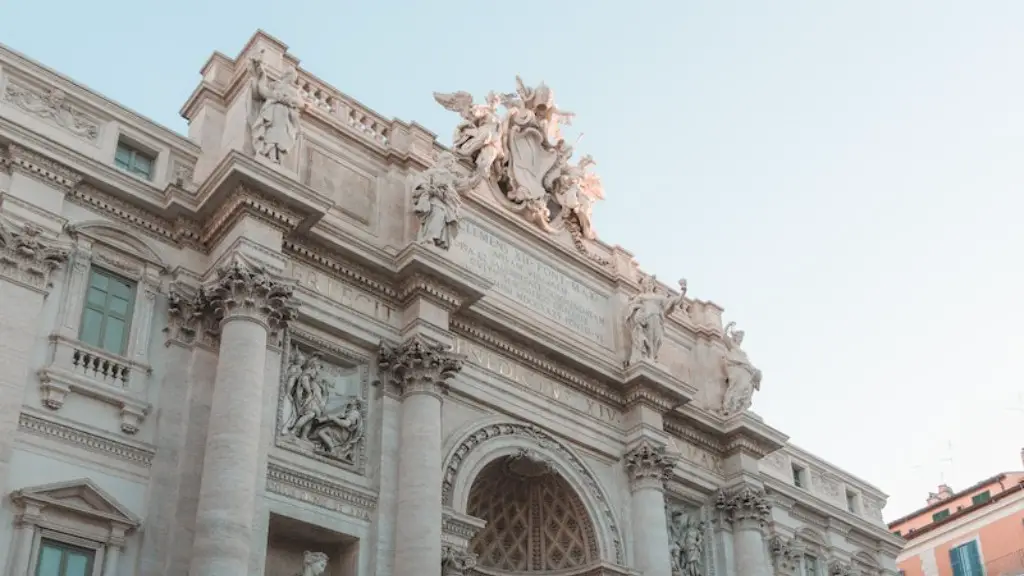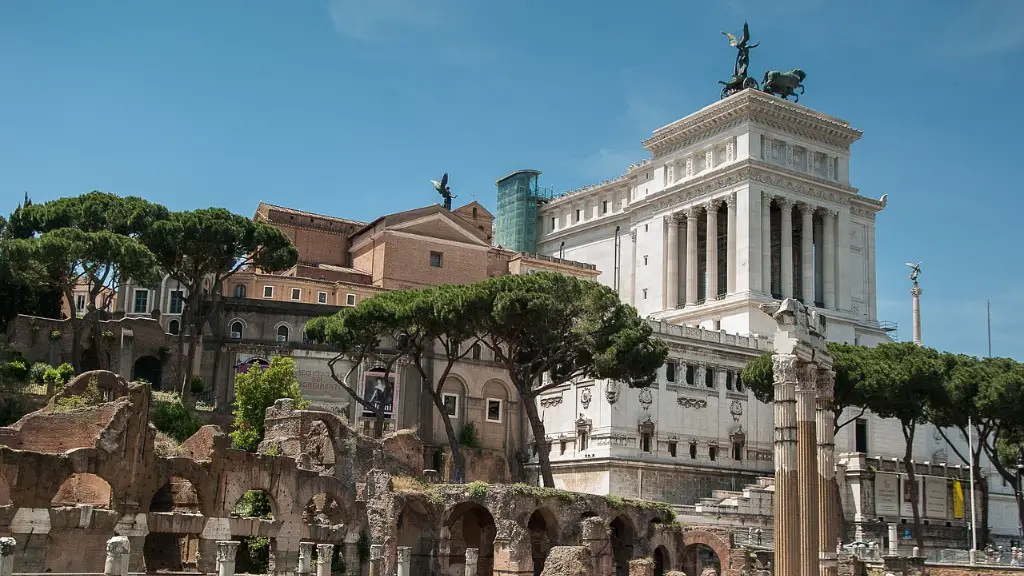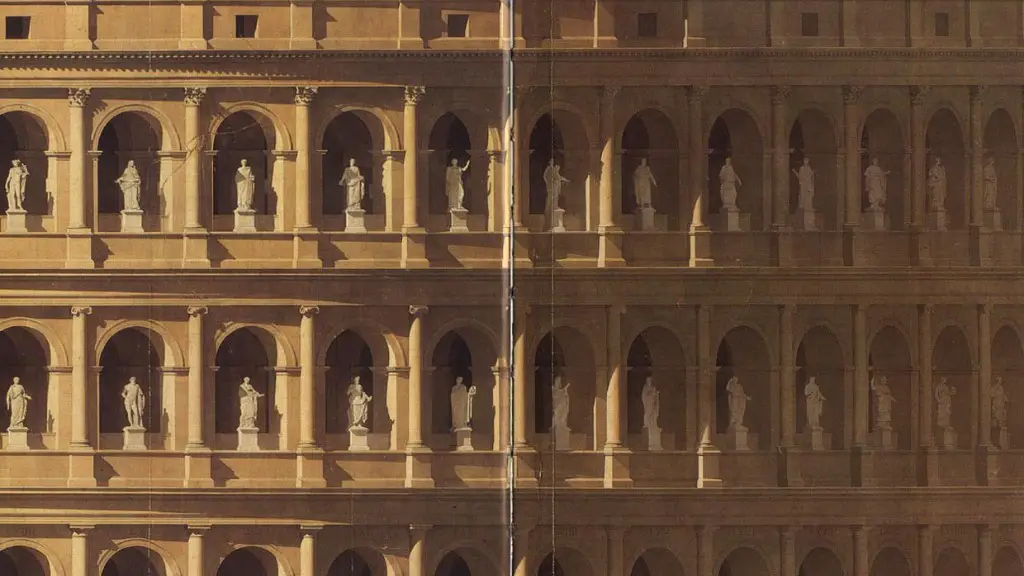Agriculture
In ancient Rome, farming and agricultural labor was the most dominant form of employment. Using simple tools and primitive methods, a majority of Rome’s population produced crops and grain on small plots of land, overseen and managed by the masters of the house. While many Romans disregarded the hard labor of agricultural work, it was significant to the success of their empire and kept the population fed.
Grain was the principle crop of Roman farmers, used to produce bread branded with the mark of the baker who would then sell it in the markets. Wheat was essential to the diets of the poor. In addition to grain, farmers would also cultivate grape vines, vegetables and olives, as well as tending to different species of livestock. There was also a reliance on river fishing to supplement the diets, as well as specialised trade which included shellfish and oysters.
Managing the workforce for agricultural production was generally the responsibility of the landowner. This typically involved organising seasonal tasks, harvest and pruning. Recruitment of workers was commonly from a combination of the extended family, local indentured servitude, and mercenary hires from other areas.
Military
Rome relied heavily on its military to protect its borders and expand its empire. For this reason, the military in Roman times was made up of citizens from all classes. It was not uncommon for members of the freedman class to enlist due to the good pay and prospects of career development and status.
Training of the legionnaires was vigorous, requiring physical and mental strength and toughness. The military oath was one of fealty and allegiance to the state. The army was divided into legions, with each having its own cohort of soldiers. All troops had to be equipped with armor and weapons, and there was a strict code of conduct with severe punishments for those that broke ranks.
Commerce
Roman commerce was essential to the economy and integral to the success of the empire. The majority of Rome’s business and retail centers were located in the Forum, the main Roman marketplace, but commerce extended throughout the streets and piazzas.
Merchants and traders plied their trade and sold goods from their shops and stalls. Trade was conducted by a variety of methods such as barter, rent and purchase. Goods on sale ranged from foods and spices, luxury items, and jewelry, to clothes and widgets. In addition, to supplement the merchants, there was a whole network of brokers, agents and intermediaries.
Public banks were also used to facilitate credit and savings accounts, as well as trading of coins, mostly of silver and gold. Money-lenders were also present in the marketplaces, and bankers provided loans and arranged mortgages for traders and patrons.
Construction & Engineering
The construction industry formed the backbone of a Roman’s” society. Architects and engineers played an important role in designing and building the city’s infrastructure in the form of roads, aqueducts, public baths, and major monuments. Rome’s greatest architectural feats, such as the Coliseum and Pantheon are still highly admired today, and their impact and influence has been felt throughout Europe and the world.
The construction of Rome’s vast public works, temples and monuments was accomplished through a well-organised workforce. Construction management was tightly managed by the Roman authorities, employing a combination of skilled and manual labour. The chief engineer would oversee the entire project, manage costs and coordinate the supply chain of resources.
Public Service & Education
In Rome, public service and civic responsibility were held in high esteem. People of the city and towns provided funds, resources and labor to support their government and local institutions. Public service was performed in various ways, such as jury duty, military service, and teaching in the schools.
Teachers, who were responsible for educating Roman children, often held prestigious positions within society. Teachers had a broad knowledge, and taught a range of subjects that included writing, mathematics, geography and statecraft, as well as literature and art.
Entertainment & Transportation
Entertainment was high on Romans” agenda, and forms of leisure activity were available in the city, such as theaters, athletic events and gladiatorial bouts. These events attracted a large element of Rome’s population and created important jobs in the city, such as actors, jugglers, and tightrope walkers. Travel was something otherwise reserved for merchants and the military, but public transport was extended down to Rome’s citizens and provided an employment opportunity.
The roads of Rome were kept in good condition by way of a system of slaves and hired workers. The mules and oxen were the main mode of transport, but the carriages and carts of the wealthy were pulled by donkeys. Wagons were used to transport goods and materials.
The Arts & Sciences
The arts and sciences were greatly appreciated by the general population in ancient Rome. They created wealth and provided a sense of accomplishment and entertainment for the citizens. This allowed them to express their inner creativity and emotions, often taking great pride in their work.
Rome’s population was highly creative, with many of its citizens specialising in artisanship such as carpentry and pottery. They created beautiful sculptures and mosaics, and ornate furniture for the villas of the wealthy. Poets and writers composed plays and meters which were performed in the theaters of the city. Rome was also associated with great minds such as Julius Ceaser, Julius Verus and Cicero, who made tremendous contributions to the fields of medicine, mathematics and astronomy.
Religion
Religion was a key part of ancient Rome with gods such as Jupiter, Juno and Mars playing central roles in everyday life. The Romans followed the customs, beliefs and daily rituals of their religion, which were all heavily intertwined with civic life.
The job of the priests was to lead spiritual ceremonies and rituals, as well as to help the people understand the will of the gods. Priests were respected members of society and often served as advisers to the authorities. The Vestal Virgins, on the other hand, formed an order of learned women dedicated to tending a sacred fire that was believed to protect Rome. They also had to swear a vow of chastity and were subject to serious punishment if they broke that vow.


